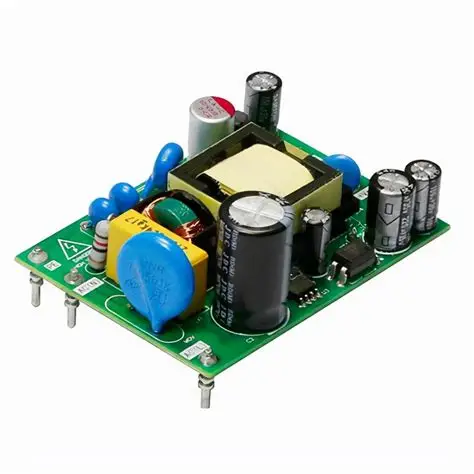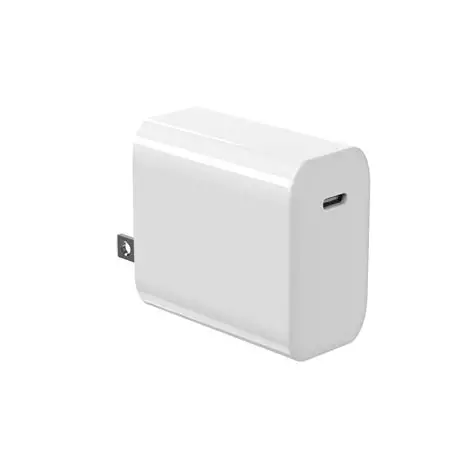A switching power supply is a common power conversion device that converts alternating current (AC) into direct current (DC), providing a stable output voltage and current. It achieves electrical energy conversion through high-frequency switching operation and power conversion principles. This article will explain the differences between switching power supplies, power adapters, and chargers.
1. Differences Between Switching Power Supplies and Power Adapters
Switching Power Supply: A switching power supply is a device specifically designed to convert AC into stable DC. It typically consists of multiple components, including transformers, rectifiers, filters, switching devices, and control circuits. Switching power supplies offer high efficiency and stability, making them widely used in various electronic devices and industrial applications.
Power Adapter: A power adapter is a device that adjusts the power output to specific voltage and current levels. It is typically plugged directly into a power outlet and converts electrical energy into the required power output via a connector. Power adapters are widely used in portable electronic devices such as laptops, mobile phones, and cameras to provide the necessary power supply.

Differences:
- Functional Differences: Switching power supplies primarily convert AC to stable DC, suitable for diverse electronic devices and industrial applications; power adapters mainly adjust output to specific voltage and current levels, catering to portable electronics.
- Design Differences: Switching power supplies typically comprise multiple components, including transformers, rectifiers, and filters, featuring more complex designs; power adapters are relatively simpler, often requiring only basic circuits like voltage transformation and rectification.
2. Differences Between Switching Power Supplies and Chargers
Switching Power Supply: A switching power supply is a device that converts AC power into DC power, providing a stable output voltage and current. It is suitable for various electronic devices and industrial applications, delivering reliable DC power to equipment.
Charger: A charger is a device used to charge batteries or rechargeable energy storage devices. They typically feature voltage conversion and regulation capabilities, transforming AC into DC suitable for charging devices while controlling the charging process as needed. Chargers are widely used in battery charging for devices like mobile phones, laptops, and power tools.

Differences:
- Functional Differences: Switching power supplies primarily convert AC to DC and deliver a stable output voltage and current; chargers, on the other hand, mainly charge batteries or rechargeable energy storage devices by converting and regulating voltage to meet the charging requirements.
- Different Application Scenarios: Switching power supplies are suitable for various electronic devices and industrial fields, providing reliable DC power to equipment; chargers are primarily used for battery charging in portable devices.
In summary, switching power supplies, power adapters, and chargers each serve distinct functions and application scenarios. Understanding their differences facilitates the proper selection and use of appropriate power conversion devices to meet the power requirements of diverse electronic equipment and applications.
As a professional manufacturer and wholesaler of charging adapters, Macable offers a wide range of chargers that comply with international certification standards to meet the needs of global consumers. We are committed to providing efficient, safe, and environmentally-friendly charging solutions, offering users a smarter and more convenient charging experience.
